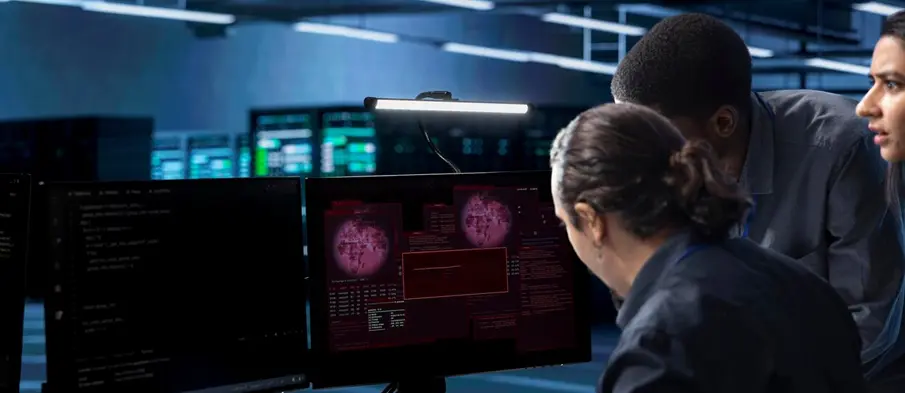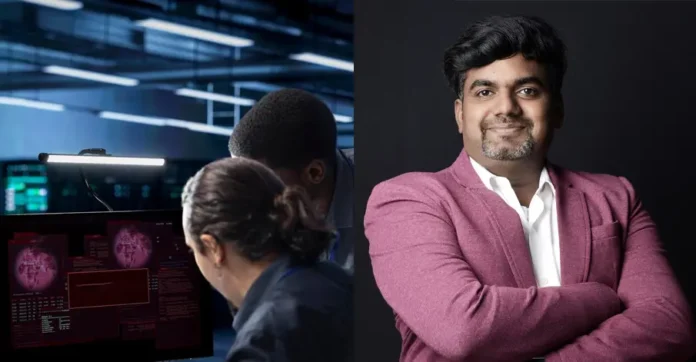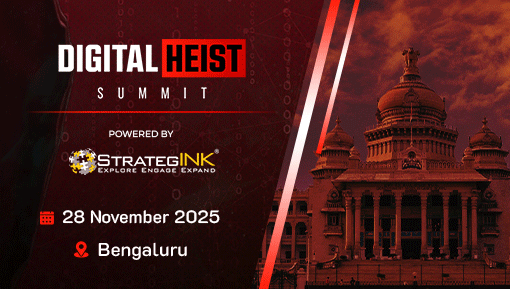
In today’s digital era, it’s crucial for enterprises to secure Operational Technology (OT). As industries rely on interconnected and automated systems to boost productivity, protecting these systems from cyber threats is vital. OT systems control industrial operations and are vulnerable to cyber adversaries aiming to disrupt operations or steal critical data, posing risks of severe disruptions, safety hazards, and financial losses. These systems need more advanced security measures to fend off sophisticated attacks. Enterprises must implement a comprehensive and adaptable OT security strategy to address current vulnerabilities and anticipate future threats, ensuring the resilience and integrity of critical industrial operations. Some of the key elements of a robust OT security strategy include:
- Visibility and Inventory Control: Focus on a complete inventory of all OT assets, including hardware, software, and network configurations.
- Segmentation and Access Control: Creating zones and conduits, can help enterprises limit the potential impact of a cyber incident on isolated areas within the OT network.
- Adopting a Zero-Trust Architecture: Leveraging the idea that no device, user, or network entity should be trusted by default. This shift in approach means continuous verification, strict access controls, and rigorous identity verification are necessary to strengthen networks against unauthorized access and potential breaches.
- Regular Vulnerability Assessments: Identify and mitigate vulnerabilities before they can be exploited due to the evolving nature of cyber threats. These assessments should also include penetration testing tailored explicitly to the OT environment.
- Securing Remote Access: Strive for secure supplier and contract access. Implementing robust solutions such as Zero Trust Network Access (ZTNA) ensures that every access request is thoroughly scrutinized, maintaining secure connectivity.
- Continuous Monitoring and Advanced Threat Detection: Provide early warnings for rapid threat mitigation. Access to specialized OT threat intelligence is crucial for staying ahead of potential threats and developing proactive defense strategies tailored to the unique needs of OT environments.
- Incident Response and Recovery Plans: Well-documented and rehearsed incident response plans, including scenarios specific to OT environments are critical. These plans should ensure quick operation restoration with minimal impact on safety and productivity.
- Ensuring Comprehensive Backups and System Redundancy: Foster operational resilience by ensuring that crucial systems can recover quickly from cyber incidents, minimizing downtime and operational disruption.
- Employee Training and Awareness: Provide regular training on the latest cybersecurity practices and the specific risks associated with OT systems. This training should also include information on how to respond to security incidents.
- Conducting Regular Risk Assessments and Audits: Crucial for identifying vulnerabilities and ensuring compliance with security policies. This continuous oversight helps maintain a strong security posture aligned with global standards.
Conclusion
It is essential for modern enterprises to follow internationally recognized cybersecurity frameworks and standards, such as ISA/IEC 62443 and NIST 800-82. By incorporating these strategies, industries can enhance their defenses against cyber threats, ensuring critical OT and ICS environments. This comprehensive approach protects individual enterprises and contributes to the security and resilience of global industrial operations.
In summary, securing OT systems is crucial for maintaining the integrity and resilience of critical infrastructure. Enterprises that actively manage their OT security can mitigate significant financial and reputational damage and ensure the safety and reliability of operations essential to modern society.
He is the Global Head of Cybersecurity for Manufacturing, Supply Chain, and Retail at Dyson Technology India Pvt Ltd. With over 15 years of experience in cybersecurity leadership. He is an expert in driving organizations to adopt robust security frameworks through strategic planning, secure system design, and effective risk management. His diverse expertise encompasses Information and Cyber Security, OT Security, Supply chain and Retail Security, Governance, Risk & Compliance.






